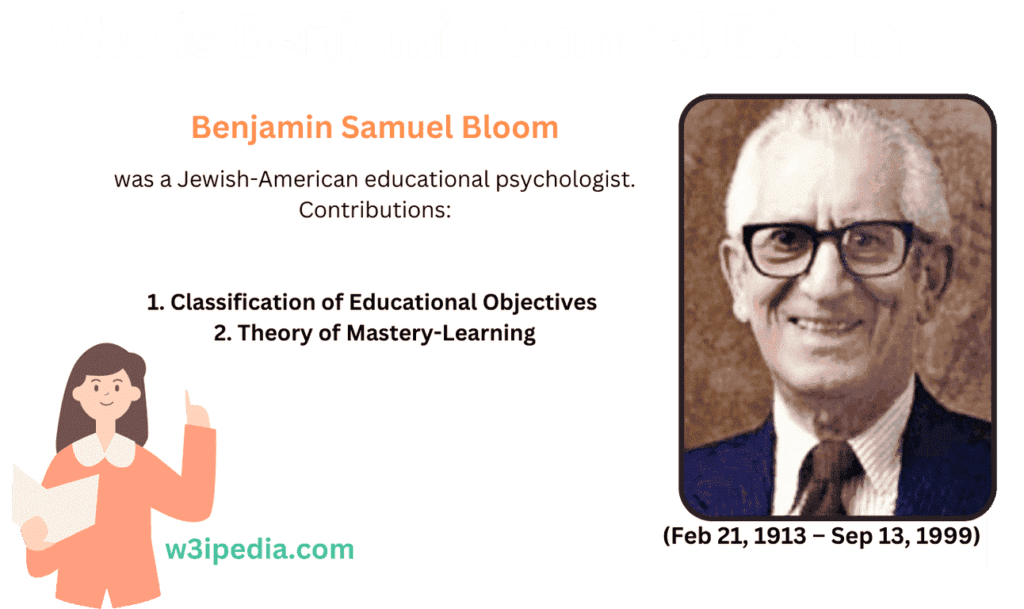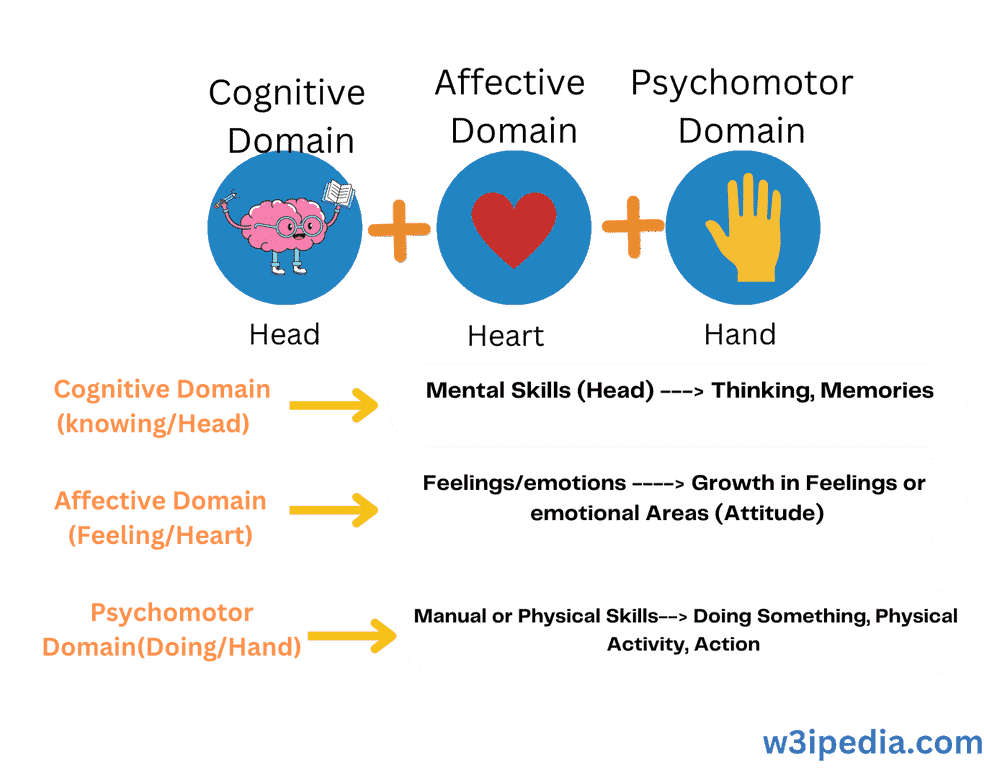First, let’s see what the objectives are:
- a direction in which the learner is pushed to move
- It is a component of a goal i.e., a component that would aid in progressively achieving the long-term objective. i.e., the desired outcome.
Table of Contents
ToggleWhat are Bloom's Taxonomy Learning objectives?
- Actually, taxonomy is only another name for a type of classification.
- The three hierarchical models in Bloom’s taxonomy are used to categorize educational learning objectives into varying degrees of complexity and specificity.
- Taxonomy is defined as a classification scheme.
- Taxonomy is a classification scheme. Bloom Taxonomy is thus a method of Consequently, Bloom Taxonomy is a system for categorizing objectives.
- Grouping of objectives.
- The educational process is an endeavor to effect change. The teaching and learning process is an effort to modify how students behave in relation to certain learning situations.
- Objectives are the foundation of all educational endeavors, and instructional objectives are essential to all educational ventures. Objectives are the foundation of all educational ventures.
Bloom’s Taxonomy
Bloom—–>creator Name

Greek words Taxis (arrangements) and Nomos (science) are the origins of taxonomy.
Simply,
Taxis+ Nomos= the science of arrangements
The term “taxonomy” refers to a set of classifications or domains.
Generally Represents Category.
Learning’s Three Domains
A group of cognitive psychologists from the University of Chicago first released Bloom’s taxonomy in 1956.
It bears the name of Benjamin Bloom, the committee’s chairman (1913–1999). The group named three categories of educational or learning activities. 1956’s (Bloom, et al.)
There are three different sorts of domains in taxonomy, and the only easy method or easy trick to remember them is by using the word “cap.”
C For Cognitive (6 Levels)
A For Affective (5 Levels)
P For Psychomotor (6 Levels)

Cognitive domain:
Knowledge-based or intellectual skill learning, including everything from basic recognition and recall to sophisticated problem-solving and assessment (Knowledge) Bloom’s Taxonomy
Affective domain:
Learning about attitudes, emotions, and feelings (Attitude or self) according to Krathwohl’s taxonomy.
Psychomotor domain:
From elementary actions to complicated manual or physical practical abilities, learning connected to actions and motor skills is classified according to Harrow’s Taxonomy.
What are Bloom’s Taxonomy Learning objectives?